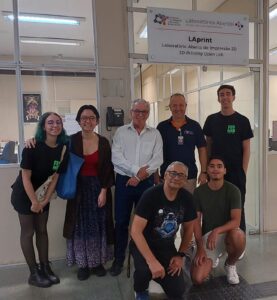Highlights
- A scheelite-type crystalline structure remains after beta irradiation.
- A scheelite-type crystalline structure remains after thermal treatment of samples.
- The role of structural defects are crucial to triggering ferromagnetism in SrMoO4.
- Magnetic properties are susceptible to the preparation and post-synthesis treatments.
Abstract
The present work reports a systematic study on the effects of the synthesis methodology and post-synthesis treatments on the optical and magnetic properties of

phosphors. The powders were prepared through co-precipitation (SMO1) and co-precipitation processed in a microwave-hydrothermal system (SMO2), with some of them submitted to heat treatment and beta particles irradiation. The irradiation and heat treatment affected SMO1 and SMO2 structures differently, but without modifying the scheelite type crystalline phase. The Rietveld refinement, Raman, FTIR data, and the TEM images indicated that the SMO1 samples are more disordered than SMO2, where the MHA treatment promotes higher-ordered materials. Under 280 nm and 359 nm excitation, the PL profile and intensity at room temperature are directly related to the sample order. Magnetization results confirm room temperature ferromagnetism for as-prepared and irradiated SMO1 samples with a magnetic moment of 0.15 and 0.05 emu/g, respectively. The as-prepared SMO2 sample shows diamagnetic behavior, and the SMO2 1.2 Gy sample presents a ferromagnetic response with a saturation magnetic moment of approximately 0.005 emu/g. The ferromagnetic behavior disappears after the heat treatment. Our results highlight the role of the density and distribution of structural defects such as oxygen vacancies in triggering ferromagnetism in

compounds. The findings of this study reveal that the magnetic properties of the

are susceptible to the preparation conditions and post-synthesis treatments. The coalescence of magnetic and optical properties in the

compounds demonstrates that the properties of the samples can be modulated through synthetic methods or external influences, making it a viable candidate for several technological applications, including optoelectronic devices.



